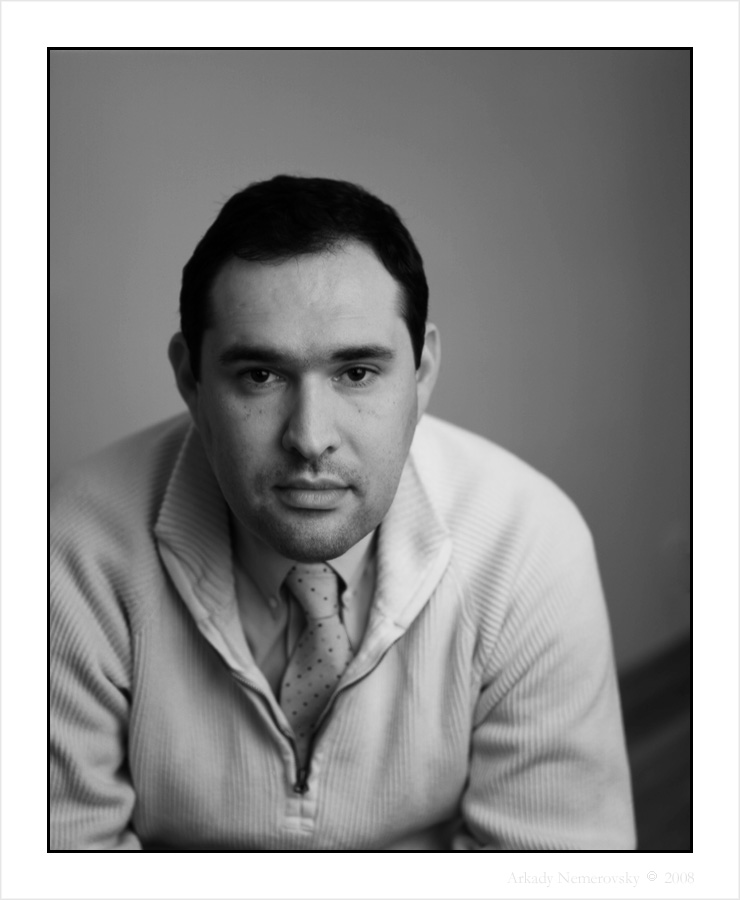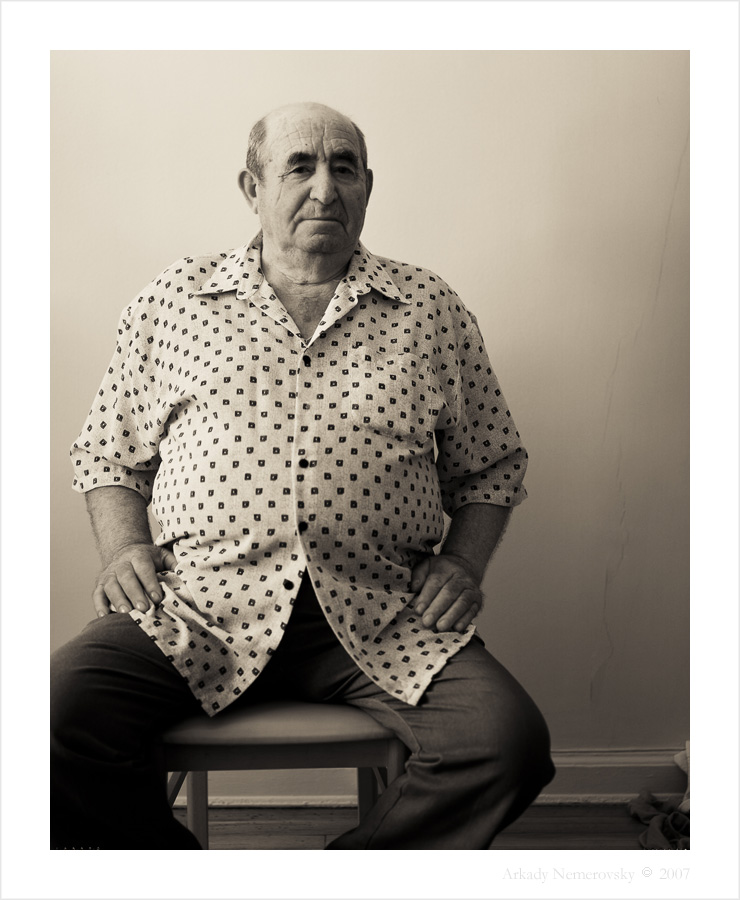I have used B&W negative film (mainly Acros 100 and Delta 100) for many years to produce "traditional darkroom" black & white prints to 24x20 inches.
Given my aim these days is to make large prints (say, > 50"x40" off 5x4), I am now going down the digital route ...... ie, via a drum scan and a digital print.
However, my question is ..... if I know that I'm going to be scanning and printing digitally anyhow (and effectively abandoning the traditional darkroom), is there much advantage / disadvantage of continuing to use B&W negative film?
Does it make sense to shoot with something like Fuji Velvia 50 slide film, and have a pro lab do the drum scan and convert the file to produce black & white prints?
With a color slide such as Fuji Velvia 50 (and then drum scanning it and converting the file to produce a B&W print), I'm assuming the benefits are (1) I'd get less grain and potentially higher sharpness in the final print from Velvia 50 compared to scanned B&W negs?; also, (2) the original material (ie, the color slide) would allow me to meaningfully study the image in proper detail with a strong loop on a light-box before deciding whether to scan & print; and (3) given I don't process films myself, it would be cheaper for me to be shooting E6 compared to B&W, the latter requiring a contact sheet.
I'm assuming the benefit of sticking with the B&W negative (over something like Velvia 50) is basically its wider exposure latitude?
Does anyone have experience of drum scanning and converting color slide to create B&W prints? Do the final prints "look" the same as drum scanned B&W negatives? Any feedback on relative advantages / disadvantages would be appreciated. Many thanks.



 Reply With Quote
Reply With Quote







Bookmarks